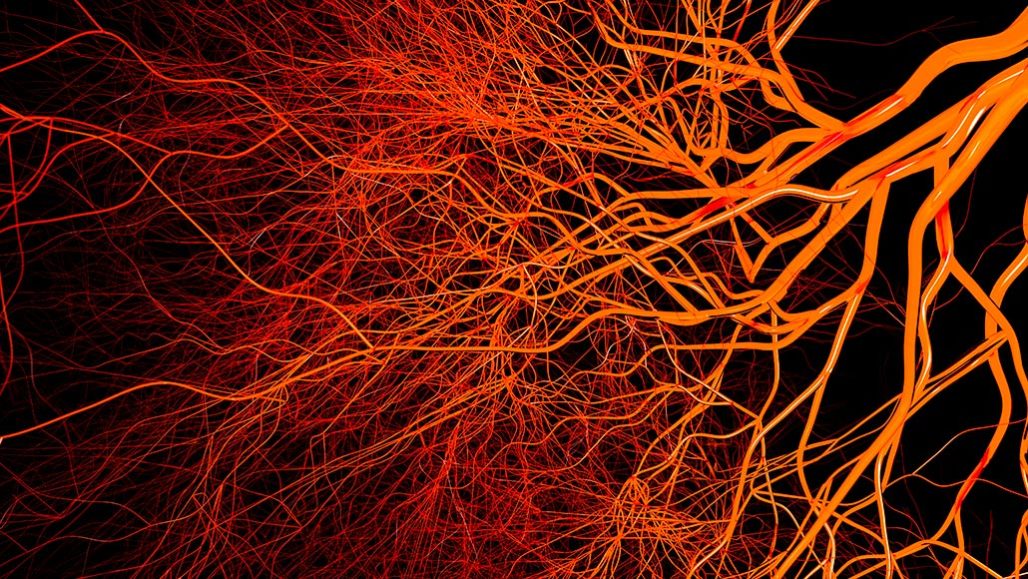
The star-forming region NGC 3603 - seen here in the latest Hubble Space Telescope image - contains one of the most impressive massive young star clusters in the Milky Way. Bathed in gas and dust the cluster formed in a huge rush of star formation thought to have occurred around a million years ago.

Injecting a swarm of nanoparticles into the blood of someone who has suffered a brain injury may one day help to limit the damage - if experimental results in mice can be translated to humans. In mice, these nanoparticles seemed to reduce dangerous swelling by distracting immune cells from rushing to an injured brain.

Where are all of these meteors coming from In terms of direction on the sky, the pointed answer is the constellation of Small Harp (Lyra). That is why the famous meteor shower that peaks every April is known as the Lyrids -- the meteors all appear to came from a radiant toward Lyra.

Huge waves are sculpted in this two-lobed nebula some 3000 light-years away in the constellation of Sagittarius. This warm planetary nebula harbours one of the hottest stars known and its powerful stellar winds generate waves 100 billion kilometres high.